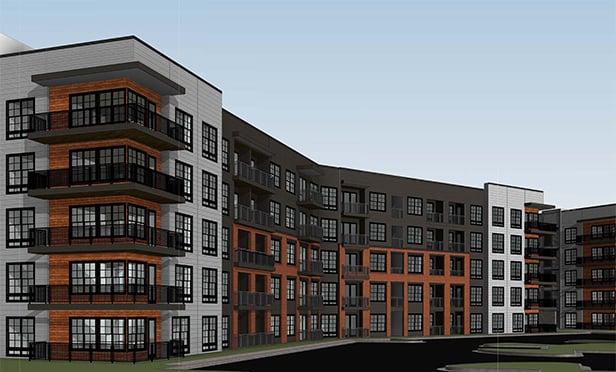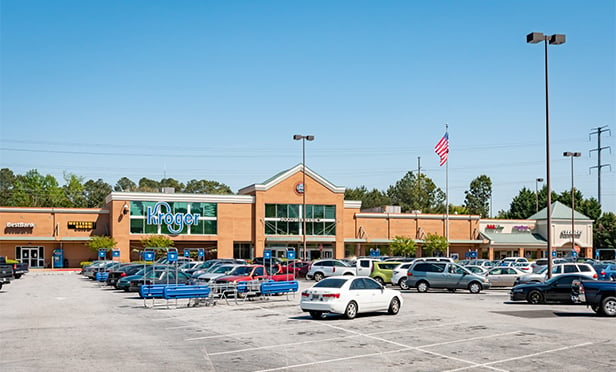NEW YORK CITY—With the Urban Land Institute's Fall Meeting in full swing here, a pair of surveys cosponsored by ULI predicts the industry's current momentum will carry over into 2015. The 2015 edition of ULI's annual Emerging Trends in Real Estate report, co-published by PwC US and issued Wednesday at the conference, cites the rise of markets outside the coastal gateway cities, with Houston leading the way. Similarly, the semi-annual ULI/EY Real Estate Consensus Forecast issued last week predicts continued strengthening in the capital markets and in commercial real estate fundamentals.
Commenting on the PwC/ULI report, ULI global CEO Patrick L. Phillips notes that investors are “looking closely at opportunities beyond the core markets. These cities are positioning themselves as highly competitive, in terms of livability, employment offerings and recreational and cultural amenities.”
While it may be difficult to think of the nation's largest commercial property market as old news, New York City is not in the top five among markets ranked by survey respondents in the PwC/ULI study. Nor is it in the top 10; Manhattan ranks number 14 and Brooklyn number 22. With the energy sector continuing to drive market growth, Houston was ranked number one for development and investment expectations, and number two for its housing market expectations.
In all, three of the top five markets in the PwC/ULI survey are Texas cities. Austin ranks number two, while Dallas/Fort Worth comes in fifth. Although it ranks below Houston, the D/FW Metroplex may prove to have the more sustainable rate of growth, ULI says.
Other cities in the top five include San Francisco at number three and Denver at number four. Colorado's largest city joins two North Carolina markets, Charlotte (#7) and Raleigh-Durham (#10), as newcomers to the top 10, which is rounded out by Los Angeles (#6), Seattle (#8) and Boston (#9).
Helping drive the diversification beyond the coastal markets, survey respondents told PwC and ULI, is the emergence of “18-hour cities” among communities that formerly rolled up the sidewalks at 5 p.m. “Downtown transformations have combined the key ingredients of housing, retail, dining and walk-to-work offices to regenerate urban cores, spurring investment and development and raising the quality of life for a roster of cities,” according to the Emerging Trends report.
"Unlike previous reports and previous cycles, we are seeing sustained growth,” says Mitch Roschelle, partner and US real estate advisory practice leader at PwC. “In the past several years, we reported that real estate market participants' main fears revolved around the uncertainty with the economy. Now, the trepidation in their eyes has more to do with the ability of the growing real estate markets to adapt to a series of megatrends impacting society and the global economy.” Among these overarching trends are accelerating urbanization, demographic shifts and the impact of distributive technological advancements.
In fact, the consensus among the 43 economists and analysts who participated in the ULI/EY study is for three more years of solid economic growth domestically. Commercial property transaction volume is predicted to grow, although at a declining rate, and to exceed 2006 volume by 2016, when it is projected to reach $445 billion. Similarly, CMBS issuance will continue growing, aklbeit at a slower pace than the 80% growth spurt seen in 2013, according to the ULI/EY report.
Compared to the previous ULI/EY forecast, issued this past April, the new study is if anything “even slightly more optimistic regarding commercial property transaction volume and prices; annual returns for institutional retail, industrial, and office properties; and, somewhat surprisingly, fundamentals in the multifamily sector," says Anita Kramer, SVP of the ULI Center for Capital Markets and Real Estate. “While forecasts are slightly lower for a few key indicators—CMBS issuance, housing starts and growth in housing prices—they remain positive.”
EY's global real estate leader, Howard Roth, says investors “generally have an optimistic view of real estate market opportunities worldwide. A wide consensus said that transaction volume will continue to increase globally. We are seeing an acceleration of capital flows from East to West, new REIT legislation in emerging markets and extensive debt and equity capital available for real estate transactions globally. While some see an economic slowdown as a concern, currently, conditions remain positive for real estate investing over the next several years.”
© Touchpoint Markets, All Rights Reserved. Request academic re-use from www.copyright.com. All other uses, submit a request to [email protected]. For more inforrmation visit Asset & Logo Licensing.







